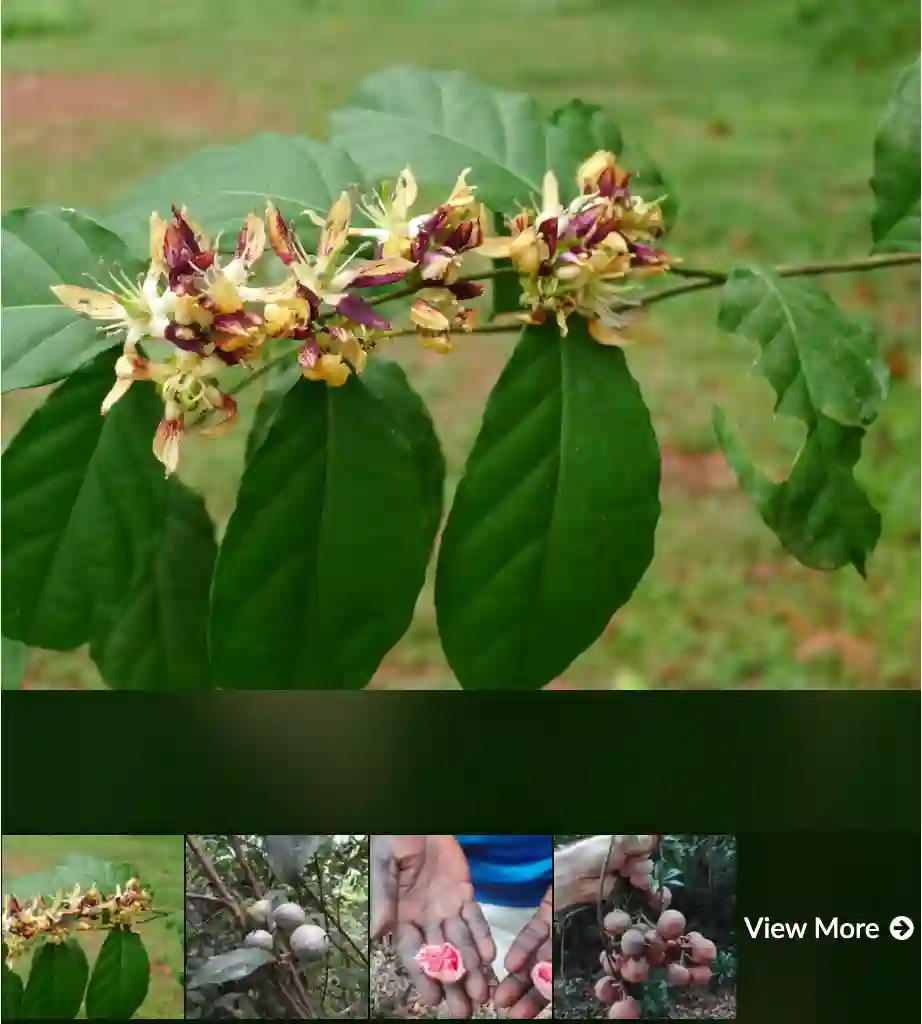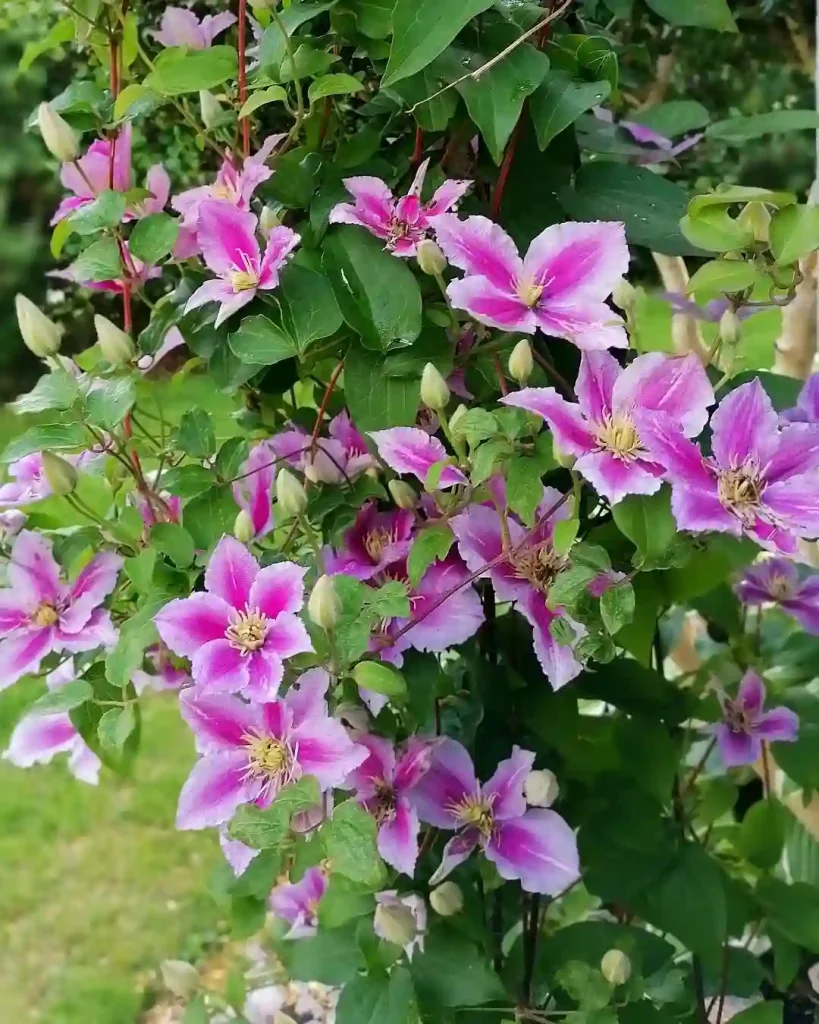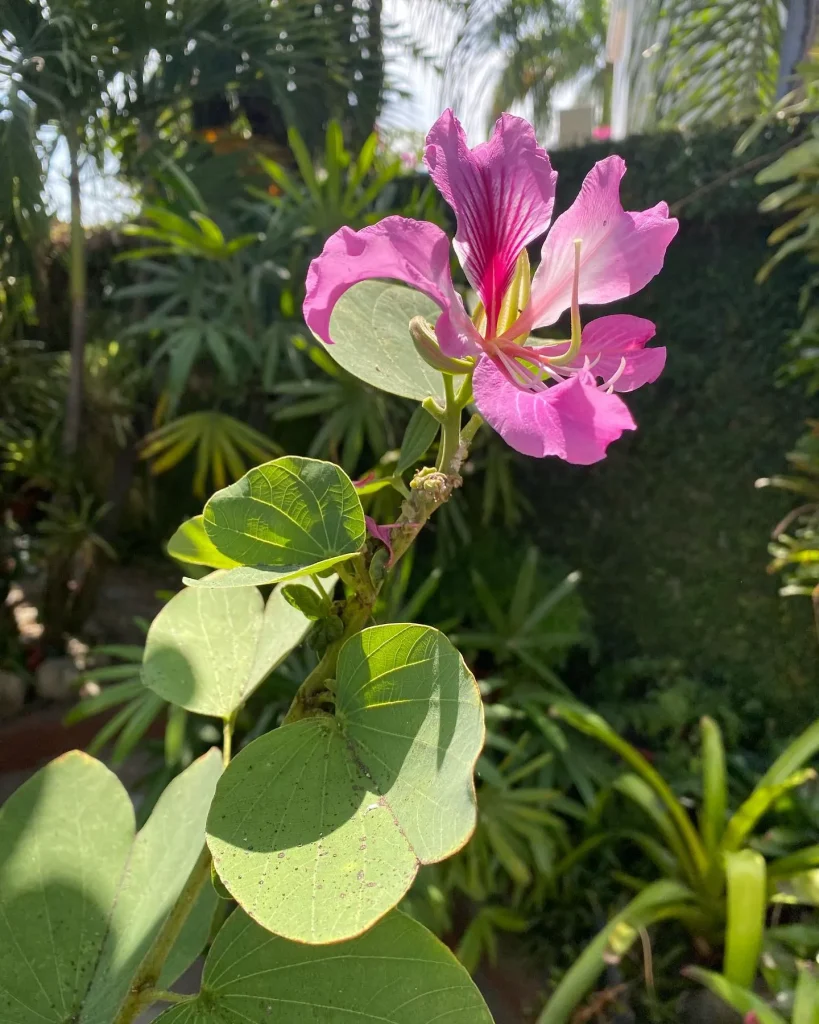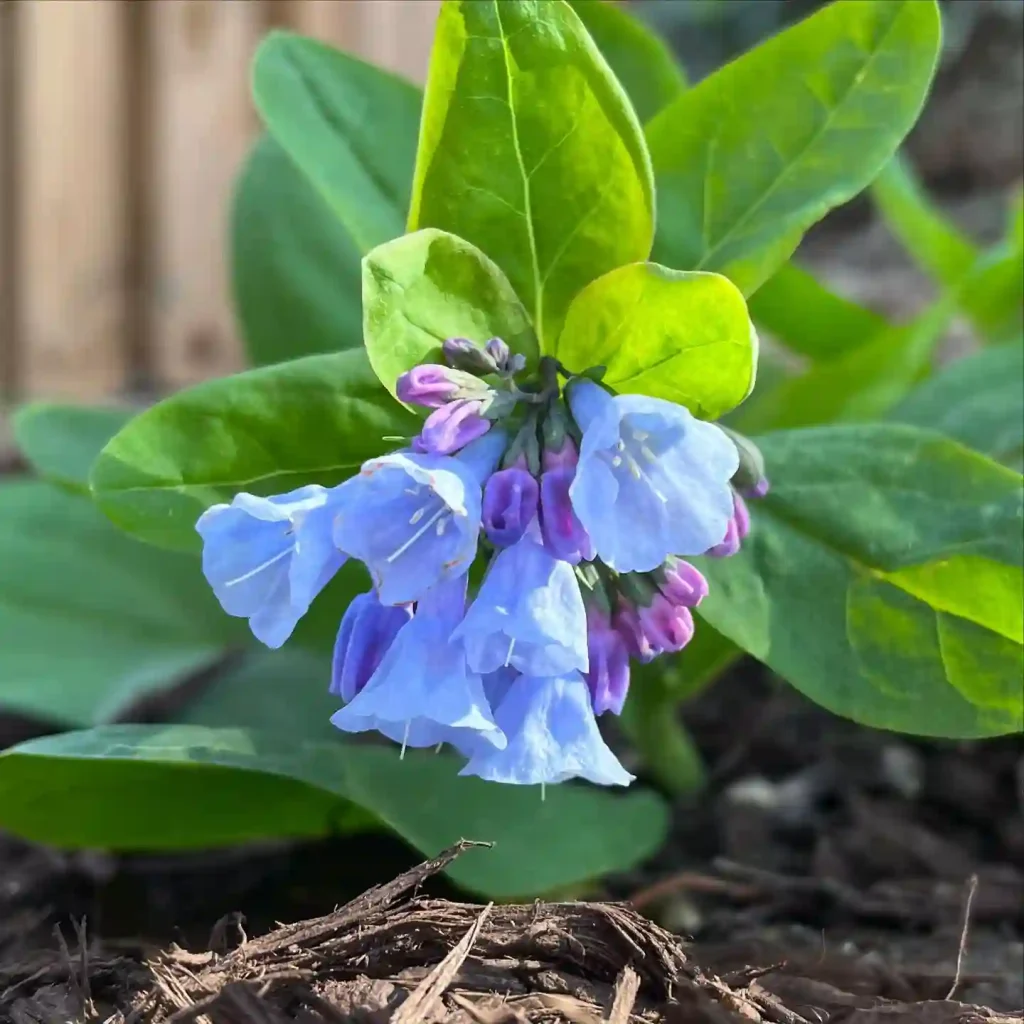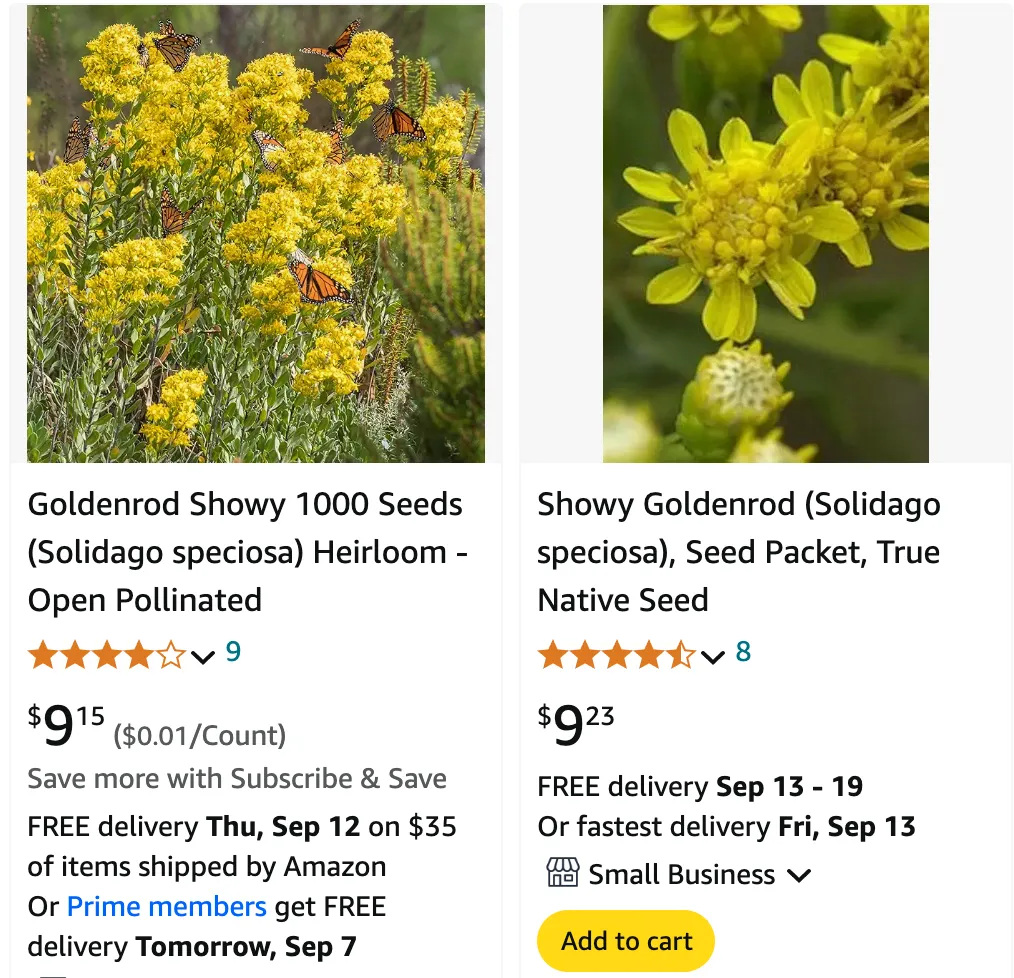
FAQs About Solidago Speciosa: Insights and Tips
As someone who has grown Solidago Speciosa, often known as Showy Goldenrod, I’ve fielded numerous questions about this vibrant and versatile plant. Whether you’re a fellow gardener or just curious about this plant, I’m here to share what I’ve learned. Let’s dive into the frequently asked questions about Solidago Speciosa.
145 Species in Genus Solidago
What Is Solidago Speciosa?
Solidago Speciosa, commonly referred to as Showy Goldenrod, is a perennial flowering plant native to North America. It’s renowned for its striking yellow flower clusters that bloom in late summer and fall. This plant can grow up to 4 feet tall and is often used in gardens for its bright, eye-catching color and ability to attract pollinators like bees and butterflies.
How to Care for Solidago Speciosa?
Caring for Solidago Speciosa is relatively straightforward. It thrives in full sun to partial shade and prefers well-drained soil. Regular watering is important, especially during dry spells, but avoid waterlogging as it can lead to root rot. Mulching helps retain soil moisture and suppress weeds. In colder climates, it’s beneficial to cut back the plant in late fall or early spring to encourage new growth.
How to Propagate Solidago Speciosa?
Propagating Solidago Speciosa can be done through division or seed. Dividing the plant is usually done in early spring or fall. Simply dig up the plant, separate the root ball into smaller sections, and replant them. If you prefer to propagate by seed, sow them in a cold frame in late winter or early spring. Keep the soil consistently moist until the seeds germinate.
What to Plant with Solidago Speciosa?
Solidago Speciosa pairs well with other fall-blooming perennials. Consider planting it alongside Asters, Echinacea, or Rudbeckia for a colorful late-season display. Its tall stature makes it a good backdrop plant for shorter flowers and ornamental grasses like Miscanthus or Panicum.
Can You Grow Solidago Speciosa Indoors?
Growing Solidago Speciosa indoors is not ideal. It requires full sun and space to reach its full potential, which is difficult to provide indoors. It’s best suited for outdoor gardens where it can spread and thrive in its natural environment. If you’re set on growing plants indoors, consider alternatives that are better adapted to indoor conditions.
Is Solidago Speciosa Toxic?
Solidago Speciosa is not considered toxic to humans or pets. However, like many plants, it’s always wise to prevent pets from chewing on plants. If ingested in large amounts, it could cause mild digestive upset. Generally, though, it’s safe to have around children and animals.
Benefits of Solidago Speciosa
There are several benefits to growing Solidago Speciosa. Its bright yellow flowers bring a splash of color to gardens in late summer and fall. The plant is also excellent for attracting pollinators, which supports local ecosystems. Additionally, it’s relatively low maintenance once established, making it a great choice for both novice and experienced gardeners.
Common Problems with Solidago Speciosa
While Solidago Speciosa is generally hardy, it can face a few issues. Watch out for powdery mildew, especially in humid conditions. To prevent this, ensure good air circulation around the plant and avoid overhead watering. Another common problem is root rot, which can occur if the soil is too wet. Make sure your garden soil drains well and avoid overwatering.
Compare Solidago Speciosa with Similar Plants
Often, Solidago Speciosa is confused with other types of goldenrod or similar-looking plants. For example, Solidago Canadensis, or Canada Goldenrod, is a related species that can look similar but generally grows taller and has a more invasive nature. Solidago Odora, known as Sweet Goldenrod, has a more compact growth habit and aromatic foliage. Compared to these, Solidago Speciosa is prized for its showy blooms and more manageable size.
Do Cattle Eat Solidago Speciosa?
One common concern is whether cattle or other livestock consume Solidago Speciosa. In my experience, cattle generally do not prefer Solidago Speciosa due to its slightly rough texture and strong aroma. However, in times of extreme hunger, they might nibble on it. If you’re managing a pasture, it’s good practice to monitor the plants to ensure they’re not overly consumed, but this plant is not typically a primary food source for cattle.
Conclusion
Solidago Speciosa is a fantastic addition to any garden, bringing color and ecological benefits. By understanding its care requirements, propagation methods, and benefits, you can ensure it thrives in your garden. If you’re looking for a late-blooming perennial that supports pollinators and offers bright yellow blooms, Solidago Speciosa is definitely worth considering.
If i die, water my plants!
